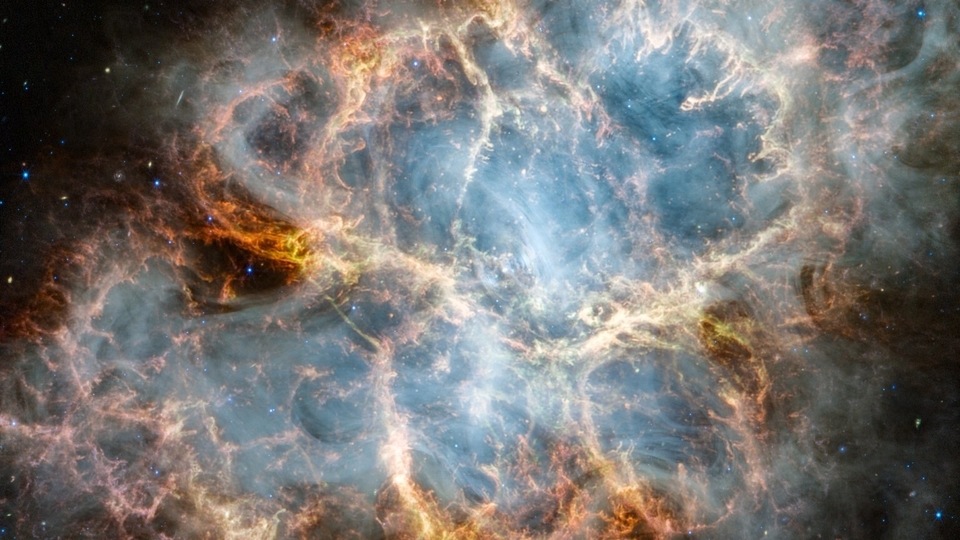NASA’s James Webb Space Telescope snaps a rare glimpse of Crab Nebula
James Webb Space Telescope captures breathtaking images of the Crab Nebula which can reveal mysteries of supernovae.

NASA's most powerful James Webb Space Telescope has captured mind-blowing images of the Crab Nebula. The researchers were stunned by how the images could help them to have an in-depth understanding of the behaviour of supernovae. Over the years, the Crab Nebula is been studied to gain more knowledge on supernovae, black holes and other mysteries. To conduct studies, NASA also launched the X-ray Polarimetry Explorer (IXPE) which has been revealing various facts about the Crab Nebula. Now, the James Webb telescope images have also contributed to the study. Know what the image reveals about the Crab Nebula.
Crab Nebula captured by James Webb Space Telescope
The Crab Nebula is a supernova remnant which is located 6500 light-years away from the Earth in the constellation Taurus. It was formed as a result of a supernova that occurred in 1054 CE which was recorded by 11th-century astronomers. NASA's James Webb telescope recently captured images of the Nebula in a sharper way which reveals several details. NASA reported that the cage-like pattern of gaseous threads in red-orange has immense similarities to the picture taken by the Hubble Space Telescope in 2005. However, the centre of Crab Nebula shows emission from dust grains.
A group of Tea Temim from Princeton University led the study to find the origin of the Crab Nebula. The team used Webb's NIRCam (Near-Infrared Camera) and MIRI (Mid-Infrared Instrument) to capture the image. Temim said, “Webb's sensitivity and spatial resolution allow us to accurately determine the composition of the ejected material, particularly the content of iron and nickel, which may reveal what type of explosion produced the Crab Nebula.”
In the centre of the Crab Nebula, it emits synchrotron radiation that is produced by charged particles, such as electrons which move at relativistic speeds around magnetic field lines, NASA reports.
Scientists are very curious about this specific Crab Nebula as it can be used as a great example for studying the behaviour, effects, and conditions of supernovae.
Catch all the Latest Tech News, Mobile News, Laptop News, Gaming news, Wearables News , How To News, also keep up with us on Whatsapp channel,Twitter, Facebook, Google News, and Instagram. For our latest videos, subscribe to our YouTube channel.






























